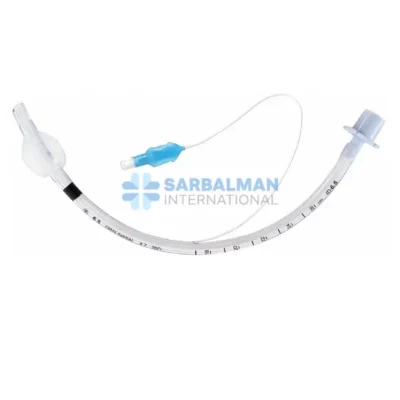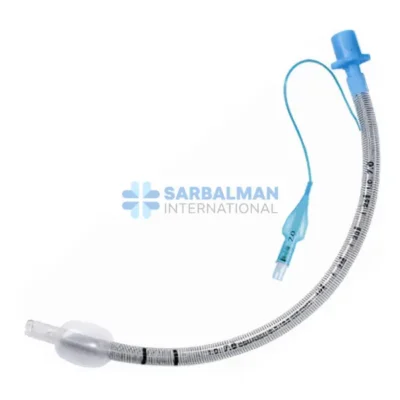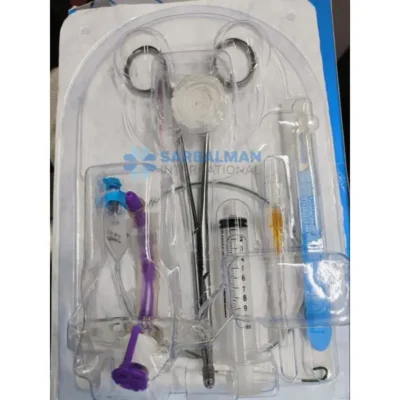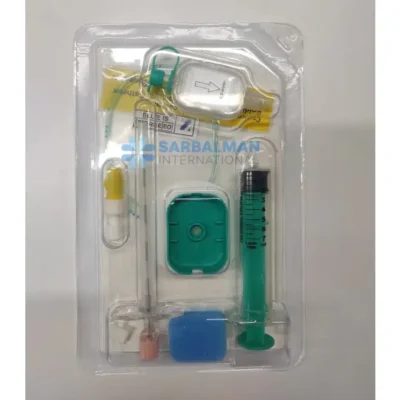Ventilator Circuit
Free!
The Ventilator Circuit is a crucial respiratory device that connects patients to mechanical ventilators for controlled breathing. Designed for both invasive and non-invasive support, it ensures efficient gas delivery while maintaining hygiene and minimizing airflow resistance. Ideal for ICUs, surgeries, and home care, it supports reliable, customizable respiratory therapy across patient age groups and conditions.
Description
The Ventilator Circuit is an essential medical device used in conjunction with mechanical ventilators to deliver respiratory gases to and from patients who require assisted breathing. Comprising flexible tubing and various connectors, filters, and ports, this circuit creates a closed-loop system that enables safe, efficient, and controlled ventilation for both invasive (intubated) and non-invasive (mask-based) support.
Typically constructed from medical-grade, non-toxic, and kink-resistant materials, ventilator circuits are designed to maintain airflow integrity while minimizing resistance and contamination. They may come with either single-limb or dual-limb configurations, depending on clinical needs and the type of ventilator in use. Dual-limb systems have separate inspiratory and expiratory limbs for higher precision, while single-limb circuits often include a leak port or exhalation valve to manage flow.
Key Features & Benefits:
-
High-quality, biocompatible materials ensure patient safety and circuit durability.
-
Single-use or reusable options support infection control protocols.
-
Dual-limb and single-limb variants cater to a range of ventilator models.
-
Integrated ports for humidification, suctioning, and monitoring.
-
Flexible and kink-resistant tubing for ease of positioning and uninterrupted flow.
-
Compatible with filters, humidifiers, and heat-moisture exchangers (HMEFs).
Common Use Cases & Industry Applications:
-
Intensive Care Units (ICUs) for long-term mechanical ventilation.
-
Emergency rooms and ambulatory settings for acute respiratory failure.
-
Operating rooms during general anesthesia.
-
Neonatal and pediatric care units with appropriately sized circuits.
-
Homecare ventilation setups for patients with chronic respiratory conditions.
Comparative Advantage:
Compared to manually managed respiratory setups, ventilator circuits offer consistent, closed-loop delivery of gases with minimal leakage, reduced contamination risk, and enhanced control over oxygen and pressure levels. The adaptability to different ventilation modes—volume-controlled, pressure-controlled, or spontaneous—is a key strength, ensuring safe use across a wide patient demographic.
Compliance & Quality Standards:
Ventilator circuits are typically manufactured under strict regulatory guidelines, including compliance with ISO 5367 for breathing system components. They are often CE-marked and latex-free to minimize allergic reactions and meet international safety and sterility standards.
Functional Significance:
The ventilator circuit plays a critical role in life-support systems, enabling clinicians to maintain and regulate a patient’s airway and breathing function effectively. Whether used in short-term surgical cases or long-term ICU care, the reliability and performance of the ventilator circuit directly impact patient outcomes and respiratory therapy success.


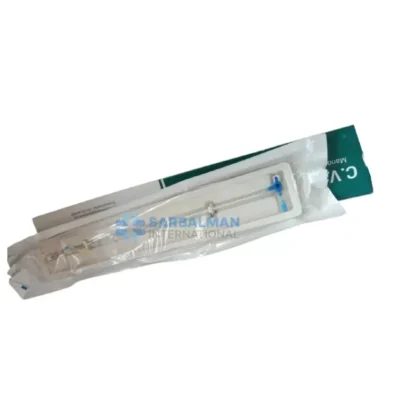


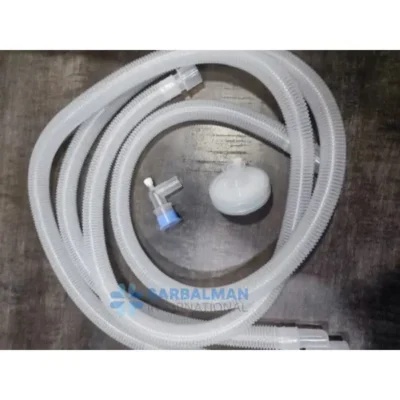
![[3_22 pm, 8_8_2025] Lussy Sarbalman International_ Small Centrifuge without Timer [3_46 pm, 8_8_2025] Lussy Sarbalman International_ Spinal Needle](https://sarbalmaninternational.com/wp-content/uploads/2025/07/3_22-pm-8_8_2025-Lussy-Sarbalman-International_-Small-Centrifuge-without-Timer-3_46-pm-8_8_2025-Lussy-Sarbalman-International_-Spinal-Needle-400x400.webp)
